The Homeowner’s Guide to Safely Pumping Down Your Split System AC
Hey there, fellow homeowners! If you’ve got a split system air conditioner keeping you cool, you know it’s a trusty companion in the summer heat. But just like an old friend, it needs a little TLC now and then. One key task is pumping down the system—think of it as giving your AC a breather. This process involves safely removing refrigerant to keep everything running smoothly and prevent those pesky leaks.
Now, I’ve been around the block a few times with these systems, and trust me, a little maintenance goes a long way. Not only does it boost efficiency, but it also saves you from hefty repair bills. So, grab a cup of coffee, and let’s chat about how you can tackle this with confidence!
Step-by-Step Guide to Pumping Down a Split System
In this guide, we’ll walk through the process of safely pumping down a split air conditioning system. This step-by-step approach ensures that the refrigerant is properly contained, preventing leaks and ensuring the longevity of your system.
Step 1: Powering Off the Air Conditioning Unit
First things first, switch off that air conditioning unit. This isn’t just a suggestion; it’s a must-do safety measure to dodge any electrical mishaps. Make sure it’s completely off before moving on to the next steps.
Step 2: Connecting the Manifold Gauge Set
Next, grab your manifold gauge set and attach it to the low-pressure service valve. This little setup is your window into the system’s pressure changes. Keeping an eye on these readings will guide you through the rest of the process.
Step 3: Adjusting the Service Valve
Now, let’s get to the service valve. Loosen that nut to a mid-way position. This tweak is key for bumping up the pressure on your gauge, helping the refrigerant make its way from the indoor components to the outdoor unit.
Step 4: Operating the Unit
Time to fire up the air conditioning unit again. Let it run for about 3 to 5 minutes. This gives the refrigerant a chance to move around, making sure it ends up in the outdoor condenser unit where it belongs.
Step 5: Closing the Liquid Line Service Valve
Once that’s done, close the liquid line service valve. This move helps bring down the pressure on your gauge. It’s all about controlling the refrigerant flow and getting things ready for the final steps.
Step 6: Monitoring Pressure and Closing the Vapor Line Service Valve
Keep a close eye on the manifold gauge now. When the pressure hits zero, it’s time to close the vapor line service valve. This step locks the refrigerant safely within the outdoor unit, wrapping up the pumping down procedure.
Why Pumping Down a Split System is Necessary
Pumping down a split system is like giving your air conditioning unit a much-needed breather. It’s a crucial step that helps keep your AC running smoothly while also keeping Mother Nature happy. You see, when we pump down, we’re making sure that refrigerants—those magical substances that cool our homes—don’t escape into the atmosphere and cause harm.
Now, why is this so important, you ask? Well, think of it as a regular check-up for your AC. By moving the refrigerant from the indoor parts to the outdoor condenser unit, we can safely tinker with or move the unit without any environmental mishaps. It’s all about keeping things efficient and extending the life of your system.
Plus, there’s the legal side of things. Many places have strict rules about refrigerants because of their potential to harm the ozone layer and contribute to global warming. So, pumping down isn’t just good practice—it’s the law in many areas.
In the real world, this process involves a careful dance where the refrigerant is shifted to the outdoor unit. This makes servicing a breeze and ensures the refrigerant is ready for reuse or proper disposal. Whether you’re fixing up the unit or moving it to a new spot, pumping down is a responsible step that protects both your AC system and our planet.
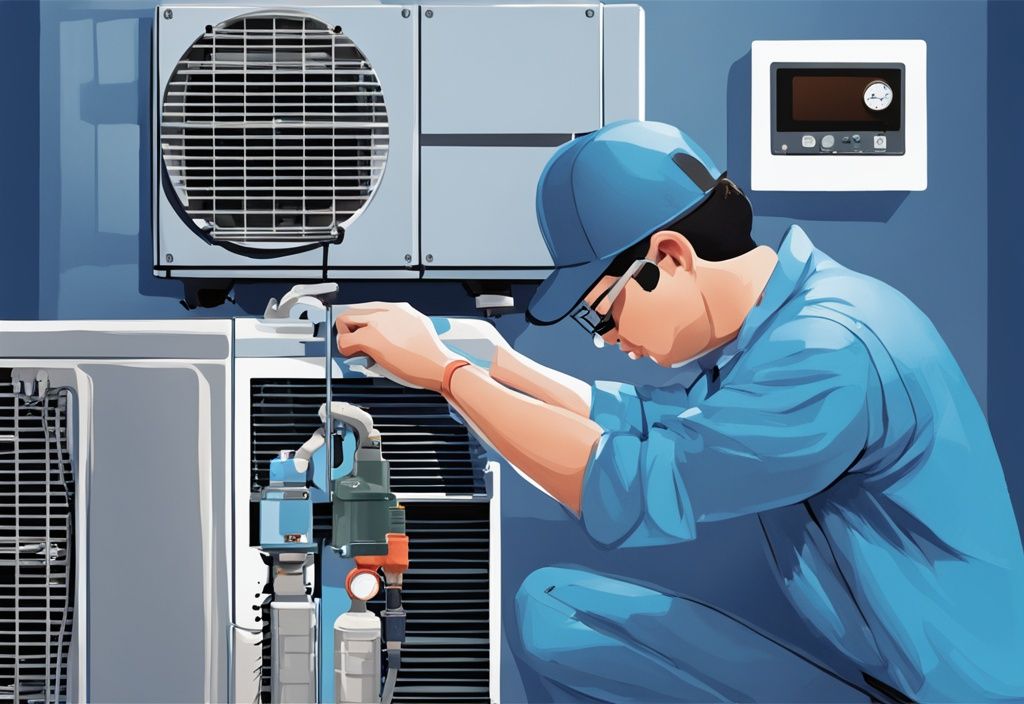
Understanding the Importance of Pumping Down
Pumping down a split system is a key part of air conditioning maintenance that highlights our duty to protect the environment. This process is all about keeping those pesky refrigerants from escaping into the atmosphere. Nobody wants to contribute to global warming or ozone depletion, right? By safely moving refrigerants from the indoor components to the outdoor condenser unit, we make sure these substances are contained and managed properly.
Now, let me tell you why this is also a lifesaver when it comes to servicing or moving your air conditioning units. When your system needs a bit of TLC or a change of scenery, pumping down allows technicians to handle the refrigerant without letting it loose into the environment. It’s like giving Mother Nature a helping hand while also staying on the right side of environmental regulations.
By getting the hang of how to pump down a split system, you’re not just looking out for the planet. You’re also ensuring your AC runs efficiently and lasts longer. It’s a win-win situation for homeowners and pros alike, paving the way for a more sustainable future.
Environmental Benefits of Pumping Down
Pumping down a split system plays a vital role in protecting our environment. This process is all about safely moving refrigerants from the indoor components to the outdoor condenser unit. By doing this, we make sure these substances stay put and don’t escape into the atmosphere. This is crucial because it helps reduce the risk of harming the ozone layer and curbing global warming. If refrigerants were to leak out, they could have a serious impact on our planet, contributing to climate change and ozone layer damage. So, keeping them contained during maintenance or when moving the system is a must.
Additionally, pumping down a split system keeps us in line with the strict environmental regulations and standards for handling refrigerants. Sticking to these rules not only protects the environment but also helps us avoid any legal troubles. Following these standards shows a commitment to sustainable practices and taking care of our planet. By knowing how to pump down a split system properly, both technicians and homeowners can do their part for a healthier world, while also keeping their air conditioning systems running efficiently and lasting longer.
Preparation for Pumping Down a Split System
Getting ready to pump down a split system involves gathering the right tools and ensuring safety. This section will guide you through the essentials, from necessary equipment to crucial safety precautions, making the process smoother and safer.
Tools and Equipment You Will Need
Before you dive into the task, make sure you have the right tools on hand. A manifold gauge set is your best friend here, as it helps keep an eye on the pressure levels, ensuring the refrigerant is moving as it should. You’ll also need adjustable wrenches for those precise valve tweaks, which are key to controlling the refrigerant flow. Safety is non-negotiable, so grab some gloves and goggles to protect yourself from any unexpected refrigerant mishaps.
Now, let’s talk about the heavy hitters. A recovery machine is a must for safely getting the refrigerant out, and a torque wrench set ensures everything is tightened just right. Trust me, these tools make the job not only doable but a whole lot easier.
Safety Precautions to Keep in Mind
Safety first, always. Start by making sure the power supply is completely turned off.
This step is crucial to avoid any electrical surprises. Working in a well-ventilated area is also a biggie; you don’t want to be breathing in any nasty refrigerant fumes.
If you’re dealing with cooling issues, it’s important to know what to do when your AC unit freezes up inside.
And don’t forget your protective gear—it’s there to keep you safe.
When you’re handling the system’s valves, take it easy. If a valve seems stuck, forcing it could lead to trouble like leaks or damage. Following these tips will keep you on the safe side and make the whole process a lot less stressful.
Step-by-Step Guide to Pumping Down a Split System
Pumping down a split system might sound daunting, but with a little guidance, it’s a task you can handle. This process involves safely transferring refrigerant from the indoor unit to the outdoor unit, ensuring your system is ready for maintenance or relocation. Let’s dive into the steps, one by one.
Step 1: Powering Off the Air Conditioning Unit
First things first, make sure to turn off the air conditioning unit. Trust me, you don’t want any surprises. This step is all about safety, preventing electrical hazards, and setting the stage for a smooth process.
Step 2: Connecting the Manifold Gauge Set
With the unit off, grab your manifold gauge set and connect it to the low-pressure service valve. This little tool is your best friend here, helping you keep an eye on pressure changes as you work through the process.
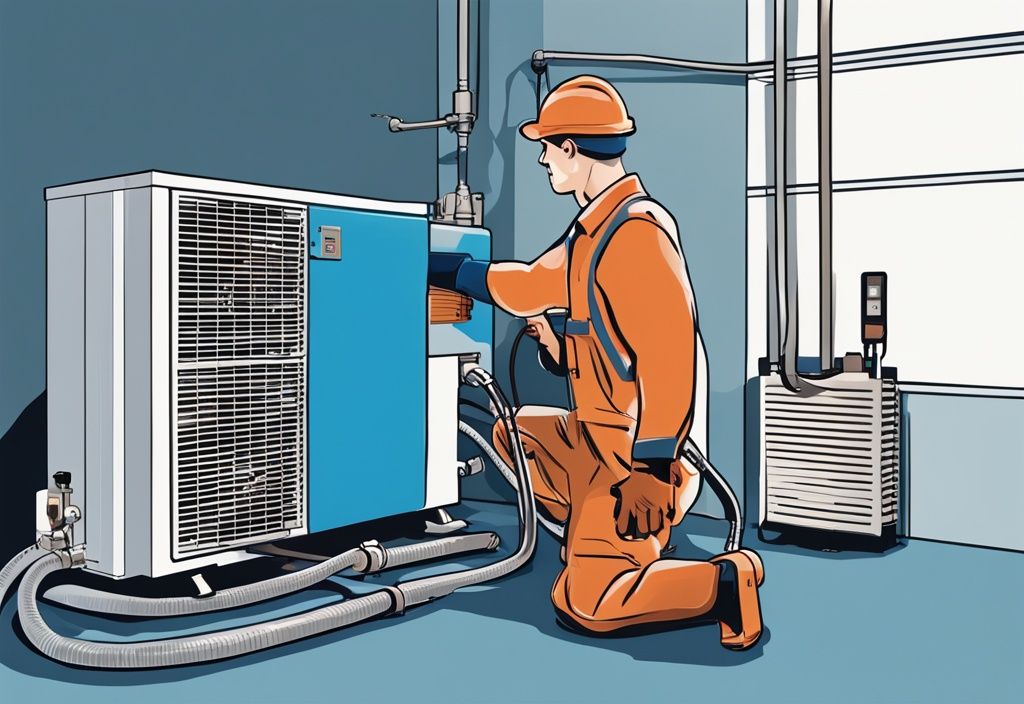
Step 3: Adjusting the Service Valve
Now, with the gauge set in place, it’s time to adjust the service valve. Loosen the nut to about halfway. This tweak boosts the pressure on your gauge, ensuring you get accurate readings while the refrigerant moves.
Step 4: Operating the Unit
Next, fire up the air conditioning unit for about 3 to 5 minutes. This step helps shift the refrigerant from the indoor parts to the outdoor condenser. It’s a crucial part of the pumping down journey.
Step 5: Closing the Liquid Line Service Valve
Once the unit has run its course, close the liquid line service valve. This action drops the pressure on your gauge, signaling that the refrigerant has made its way to the right spot.
Step 6: Monitoring Pressure and Closing the Vapor Line Service Valve
Finally, keep a close watch on the pressure readings. When it hits zero, it’s time to close the vapor line service valve. This last step ensures all refrigerant is safely contained, wrapping up the pumping down process.
What to Do After Pumping Down a Split System
Once you’ve successfully pumped down a split system, there are a few key steps to ensure everything stays safe and sound. Let’s break it down in simple terms, so you know exactly what to do next.
Final Steps to Ensure System Safety
First things first, make sure to turn off the air conditioning system. This prevents any accidental start-ups while you’re working on it. Next, carefully remove the manifold gauge set. Be gentle here, as you don’t want any refrigerant sneaking out.
Remember, keep those service valves closed until you’re ready to dive back in for more service or to reinstall the system. This little trick keeps the refrigerant right where it should be and ensures everything is locked up tight for its next go-round.
Handling Refrigerant for Repairs or Relocation
Now, let’s talk refrigerant. After pumping down, there’s usually just a smidge left on the low-pressure side. This makes it a breeze to handle repairs or swap out parts without much fuss. But here’s the kicker: make sure all the refrigerant is safely tucked away in a recovery cylinder.
This is especially crucial if you’re tinkering with the condenser or compressor. Not only does this step keep Mother Nature happy, but it also keeps you on the right side of the law. Proper refrigerant handling is your ticket to a smooth-running system when it’s time to fire it back up.
Legal and Safety Considerations
When it comes to handling refrigerants, there are some important legal and safety considerations that you need to keep in mind. These rules are in place to protect both the environment and you as a homeowner. Let’s break it down and see why knowing how to pump down a split system correctly is so crucial.
Legal Requirements for Handling Refrigerants
Handling refrigerants isn’t just about getting the job done; it’s about doing it right. In many places, letting refrigerants escape into the atmosphere is a big no-no, and for good reason. These substances can harm our planet, so there are strict laws to follow. That’s why knowing the ins and outs of how to pump down a split system is essential. You need to do it with care and precision to stay on the right side of the law.
Most of the time, these regulations mean that only certified folks can handle refrigerants. This ensures that everything’s done safely and legally. Following these rules doesn’t just help the environment; it also keeps you from facing hefty fines or legal troubles. So, it’s always a good idea to know what you’re doing or to call in a pro.
When to Call a Professional
Now, I know some of you might be tempted to tackle this on your own. But let me tell you, there’s a bit of risk involved. If things go sideways, you could end up damaging your unit or worse, putting yourself in harm’s way. That’s where the pros come in.
Professionals have the know-how and the right gear to handle the job safely and efficiently. They’re trained to deal with any unexpected hiccups, like leaks or blockages, that might pop up. If you haven’t had any training or experience, it’s usually best to bring in a certified technician. They’ll make sure everything’s done by the book, minimizing risks and keeping everything above board.
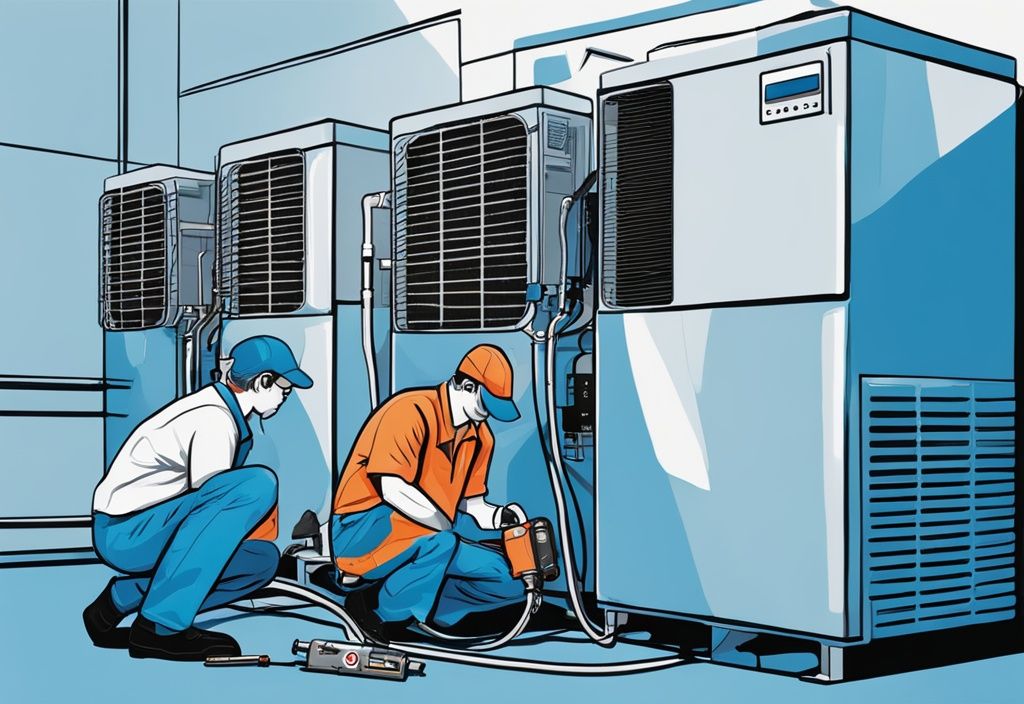
Troubleshooting Common Issues
Encountering issues during the pump down process can be frustrating, but understanding the common problems can make the task less daunting. Let’s explore some typical challenges and how to address them effectively.
What to Do If Pressure Isn’t Decreasing
If you’re scratching your head because the pressure isn’t dropping, don’t worry—I’ve been there too. First, it’s a good idea to listen for any hissing sounds, which might point to a leak. You can also use a leak detection spray to be sure. If leaks aren’t the culprit, consider the possibility of blockages. Check those refrigerant lines and components for anything that might be causing a traffic jam.
Another sneaky issue could be the service valves. Make sure they’re fully open or closed as needed. A valve that’s not doing its job can throw the whole system out of whack. Regular maintenance checks can help keep these troubles at bay, saving you from future headaches.
What to Do If the System Isn’t Turning On
When your system refuses to power up, start by giving the power supply a once-over. Check if it’s plugged in and that the circuit breaker hasn’t taken a nap. Secure and undamaged electrical connections are your best friends here.
Don’t forget to peek at the fuses. A blown fuse can stop the power flow in its tracks. If everything seems in order and the system still won’t budge, it might be time to call in a professional. They can dig deeper into any complex electrical issues. Regular electrical check-ups can help keep these problems at bay, ensuring your system is ready to roll when you need it most.
Frequently Asked Questions
What is the Purpose of Pumping Down a Split System?
Pumping down a split system is all about keeping the refrigerant safely tucked away when you’re doing maintenance or moving the unit. Think of it as putting the refrigerant in a safe little bubble within the system, so it doesn’t escape and cause any harm to our atmosphere. It’s a crucial step to keep everything environmentally friendly.
Can I Pump Down a Split System Myself?
Sure, you can give it a go, but having a bit of experience or training under your belt is a smart move. It’s like trying to fix a leaky faucet—doable, but you want to make sure you know what you’re doing to avoid any mishaps. If you’re not feeling too confident, calling in a pro can save you from potential damage or injury.
What Tools Do I Need to Pump Down a Split System?
You’ll want to have a few trusty tools on hand: a manifold gauge set, some adjustable wrenches, a recovery machine, and, of course, your safety gear. These are your go-to gadgets for keeping an eye on pressure, fiddling with valves, and making sure everything is handled safely.
Is It Legal to Release Refrigerant into the Atmosphere?
Releasing refrigerant into the air? That’s a big no-no in many places. There are strict rules to follow to protect the environment, and sticking to them is key to avoiding any legal headaches. So, always make sure you’re in line with local regulations.
Conclusion
Pumping down a split system is a crucial step in maintaining your air conditioning unit and protecting our planet. This process involves safely transferring refrigerant to prevent it from escaping into the atmosphere. By doing so, you’re not just taking care of your AC’s efficiency and lifespan, but also playing a part in reducing ozone depletion and fighting climate change.
Before you get started, preparation is key. Make sure you’ve got the right tools, like a manifold gauge set, and don’t forget your safety gear. It’s important to follow all safety precautions and legal requirements. Mishandling refrigerants can lead to hefty fines and environmental harm. Many places have strict rules against releasing refrigerants into the air, so it’s vital to handle this task with care.
Now, if you’re a handy homeowner, you might feel up to the challenge. But sometimes, it’s wise to call in the pros. Certified technicians have the know-how to manage refrigerants safely and effectively. Their expertise reduces the risk of mistakes that could damage your equipment or cause injury. For those without much experience, hiring a professional ensures everything’s done by the book, keeping you and the environment safe.
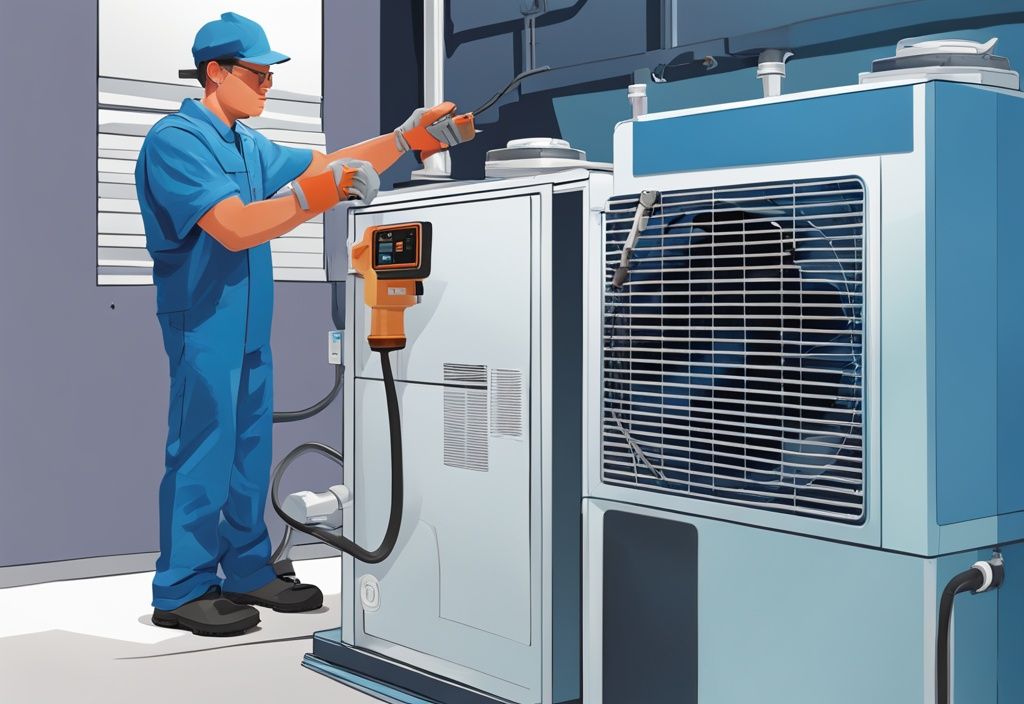
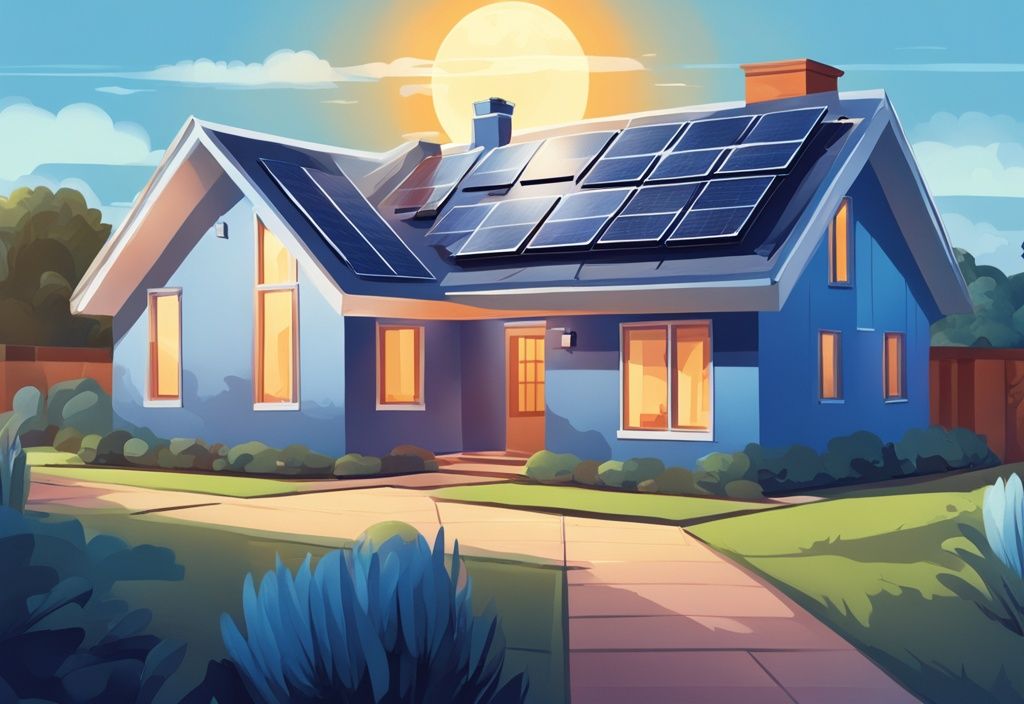
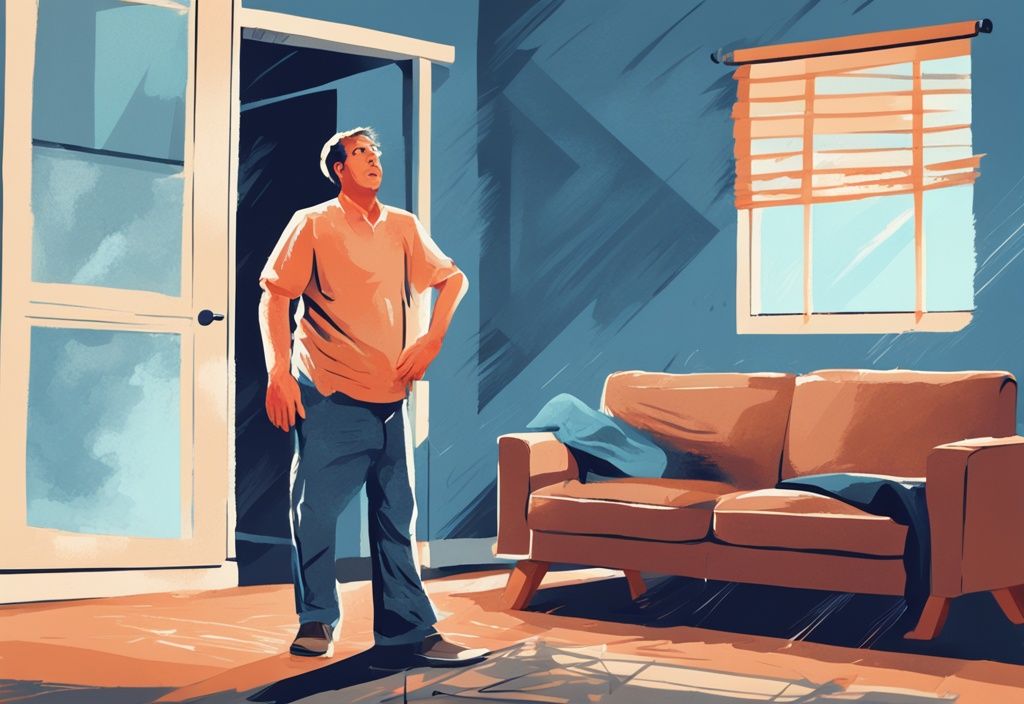

Post Comment